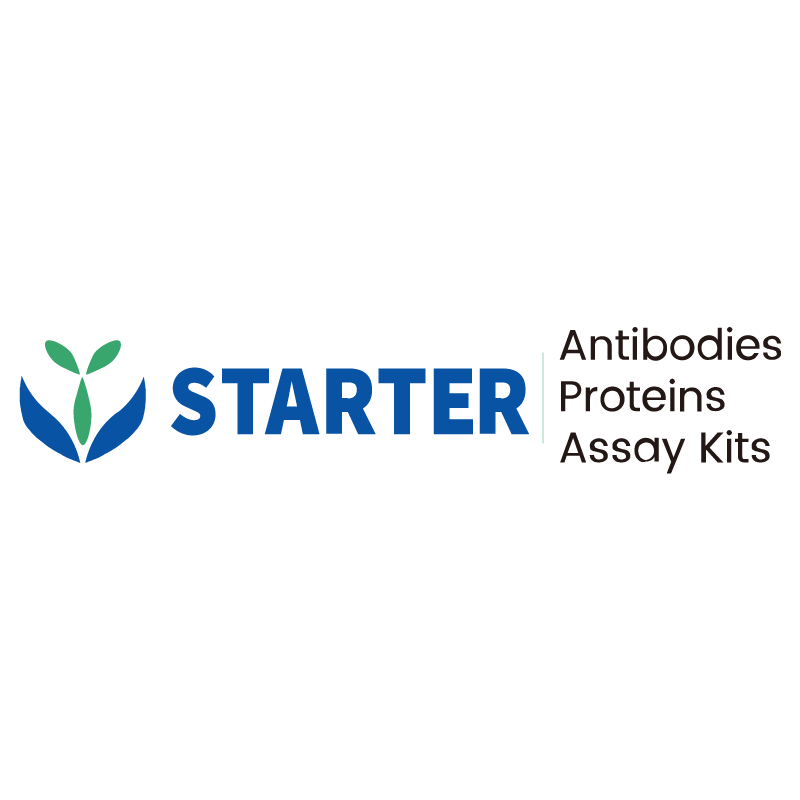Flow cytometric analysis of Human NKp44 (CD336) expression on untreated and treated Human PBMC (human peripheral blood mononuclear cells). Human PBMC (human peripheral blood mononuclear cells) were either untreated (Left panel) or treated 3 days (Right panel) with 1 ng/ml IL-2 and then stained with APC Mouse Anti-Human CD56 and SDT Biotin Mouse Anti-Human NKp44 (CD336) Antibody at 5 μl/test followed by Sav-PE. Flow cytometry and data analysis were performed using BD FACSymphony™ A1 and FlowJo™ software.
Product Details
Product Details
Product Specification
| Host | Mouse |
| Antigen | NKp44 (CD336) |
| Synonyms | Natural cytotoxicity triggering receptor 2; Lymphocyte antigen 95 homolog; NK cell-activating receptor; Natural killer cell p44-related protein (NK-p44; NKp44); LY95; NCR2 |
| Location | Cell membrane |
| Accession | O95944 |
| Clone Number | S-3122 |
| Antibody Type | Mouse mAb |
| Isotype | IgG1,k |
| Application | FCM |
| Reactivity | Hu |
| Purification | Protein G |
| Concentration | 0.2 mg/ml |
| Conjugation | Biotin |
| Physical Appearance | Liquid |
| Storage Buffer | PBS, 0.3% Proclin 300 |
| Stability & Storage | 12 months from date of receipt / reconstitution, 2 to 8 °C as supplied |
Dilution
| application | dilution | species |
| FCM | 5μl per million cells in 100μl volume | Hu |
Background
NKp44 (CD336, NCR2) is a 44-kDa type I transmembrane glycoprotein of the immunoglobulin superfamily expressed exclusively on activated human NK cells (induced by IL-2 or IL-15) and on minor subsets of γδ T cells, ILC1/3 and plasmacytoid dendritic cells; it functions as an activating natural cytotoxicity receptor that, upon engagement with still-undefined cellular ligands, associates via a positively charged transmembrane residue with the ITAM-bearing adaptor DAP12 (KARAP) to trigger NK-cell cytotoxicity and secretion of IFN-γ and TNF-α against tumor or virus-infected targets, while a cytoplasmic ITIM sequence can also mediate inhibitory signals, giving the receptor dual functionality and making its selective expression a key activation marker whose reduction, as seen in HIV infection, correlates with impaired NK-cell activity.
Picture
Picture
FC


